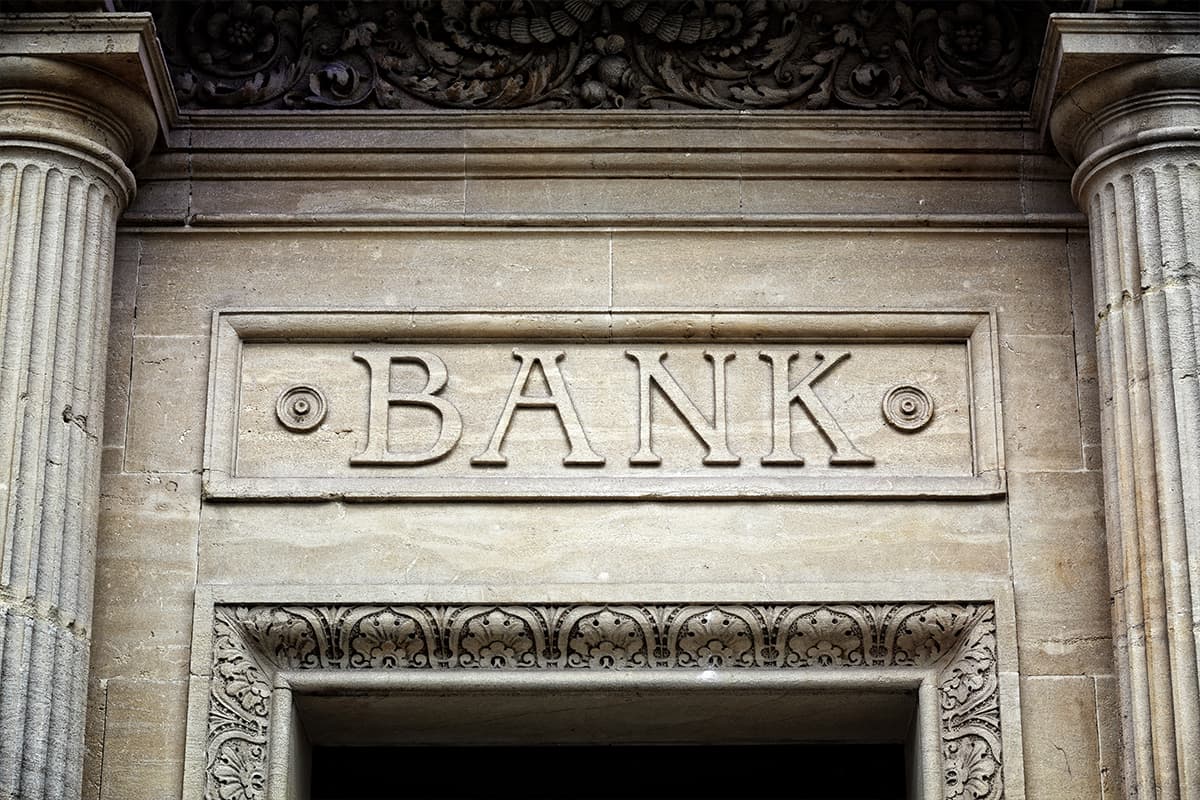
KUALA LUMPUR (Feb 26): A global environmental non-profit has found that the loan books of banks can result in up to 400 times higher greenhouse gas emissions than their direct operations.
While releasing the findings of its Financial Services Climate Change and Forests Pilot Questionnaire, non-profit CDP said its other findings include that while banks have begun integrating environmental concerns into their structures and processes, more needs to be done in terms of long-term strategy and funding forest risk commodities (FRCs).
“Although the participating banks can describe their environmental risks well, their responses sugggest they are currently more focused on one side of the ‘double materiality approach’. This means that while banks generally assess how environmental issues could affect their portfolios, they are less likely to assess how their portfolios would impact the environment,” said CDP in a statement.
The questionnaire, which the organisation said was the first structured, self-reported disclosure framework for banks to report on climate and forest lending, involved seven Southeast Asian banks and three international ones.
According to CDP, the participating banks had enough influence to drive real change in the economy as they held loans exceeding US$2.5 trillion (RM10.13 trillion) and accounted for over 19% of all lending to FRC sectors in Southeast Asia.
“While global banks are ahead of Southeast Asian banks in many areas, CDP notes that disclosure on forests must improve overall, especially relating to the financing of FRCs like timber, palm oil, cattle and soy — which are the largest cause of forests degradation and loss globally. Only one bank participating in the pilot disclosed on its financing of FRCs. Banks can demonstrate that their financing of FRCs is sustainable by increasing transparency,” it said.
The organisation added that the disclosures revealed that there are great opportunities for banks to finance the transition to a low-carbon, forest-positive future.
“The potential financial impact of environmental opportunities disclosed outweighs the potential impact of risks disclosed, as well as the anticipated costs to achieve those opportunities,” it added.
CDP also noted that financing agricultural smallholders is another opportunity for banks to advance the environmental and social aspects of sustainability.
The non-profit recommended a number of measures, which include standardised and tailored disclosures of their impact, as well as implementing board-level oversight across environmental issues; ensuring time horizons, assessments and processes around environmental issues are of a long-term nature; strengthening reporting frameworks and fully disclosing lending practices; and considering the interconnectivity of forests with climate change, water and the natural world to properly assess risks, opportunities and the impact.
“CDP’s report recognises the financial services sector is crucial in achieving the transition to a low-carbon and forest-positive economy. The influence of financial services companies extends far beyond their immediate operations to enable activities in the wider economy, which places them in a unique position to catalyse change by engaging with the companies they lend to, invest in and insure,” it said.